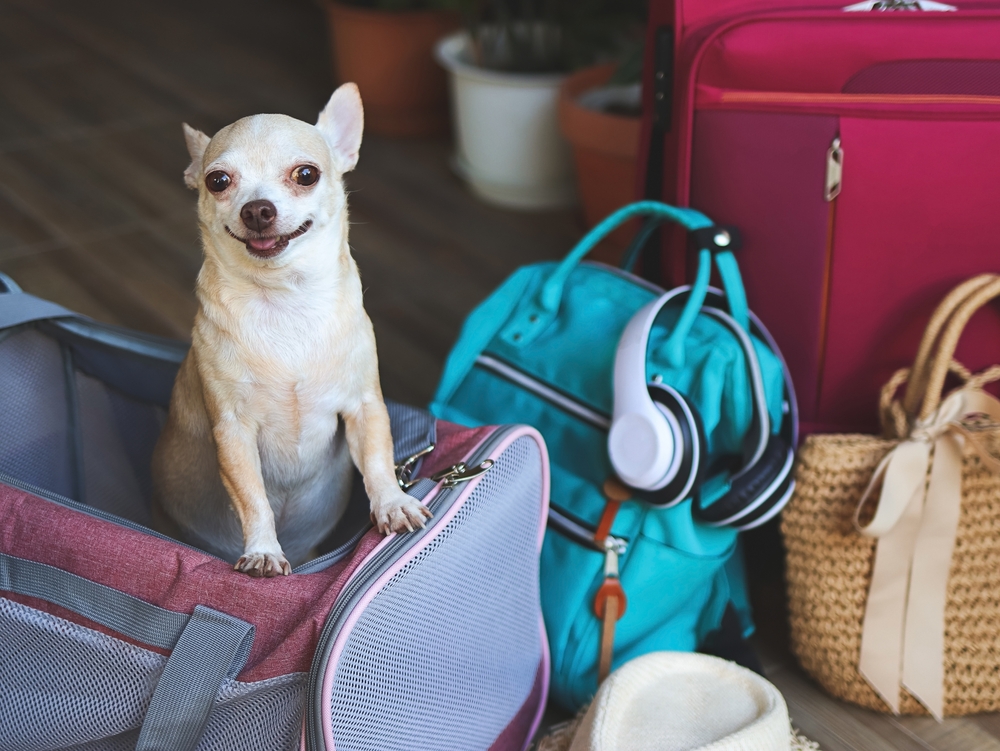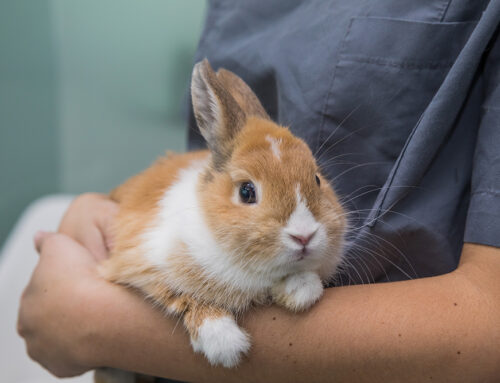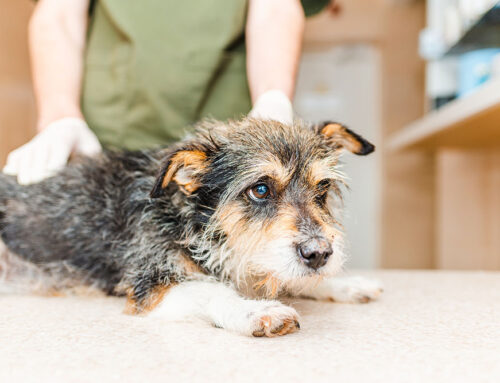Summer is a great time to take a vacation, and if you plan to take your four-legged friend, don’t forget to prepare appropriately. Traveling with your pet can be stressful if you don’t plan ahead. Our team at Parker Center Animal Clinic wants to help by offering do’s and don’ts to ensure a successful trip.
DO schedule a veterinary visit
Your pet may seem healthy, but they instinctively hide vulnerabilities, which can make detecting diseases difficult. You may not see overt signs until your pet’s condition is advanced, and stressful situations, such as traveling, can exacerbate issues. You don’t want to deal with a sick pet while traveling, so bring your pet to Parker Center Animal Clinic to ensure they are healthy and travel-ready. We will perform a thorough physical exam and routine diagnostics, and ensure your pet is up to date on their vaccinations and parasite prevention so they are protected from dangerous pathogens and pests.
DON’T forget to properly identify your pet
An unfamiliar location can frighten your pet, causing them to run away, and if they are not properly identified, they may not find their way home. Microchipping is the best way to identify your pet, and we can easily perform this simple procedure during a routine visit. Once the chip is implanted, your only responsibility is keeping your contact information up to date in the registry’s database. If you are traveling outside the United States, many countries require not only that your pet be microchipped, but also that the chip meets International Standards Organization (ISO) specifications. We can scan your pet to ensure their chip meets these requirements, and implant an appropriate chip if necessary. Also, ensure your pet always wears a collar and tags with your current contact information.
DO ensure you have the appropriate paperwork for your pet
When crossing state lines or traveling by air, you will need a pet health certificate signed by an accredited veterinarian after they have examined your pet to ensure they show no contagious illness signs. Most airlines require the health certificate to be dated 7 to 10 days before your departure, but you should check your airline’s specifications. If you are traveling internationally, you may need more pet documentation. Always determine the necessary requirements well in advance of your trip to ensure requisite blood tests and vaccinations can be completed in time.
DON’T let your pet feel the breeze on their face
Allowing your pet to put their head out the car window is dangerous for many reasons. Road debris can injure their eyes, and they may jump out if they become excited. In addition, allowing your pet to roam freely in the car can be a distraction, and potentially cause an accident, so restrain your pet while the vehicle is moving. The best restraint methods include:
- Pet carrier — Small dogs and cats should remain inside a carrier placed on the car’s floor behind the front passenger or driver seat. The carrier should be large enough for your pet to stand, lie down, and turn around comfortably.
- Pet travel harness — Use a quality, crash-tested seat belt harness to restrain larger dogs in the back seat. Never let your pet ride in the front seat, because in an accident, the airbag’s impact could significantly injure your four-legged friend.
- Pet barrier — Another restraint option is placing a pet barrier, and confining your pet to the rear cargo area.
DO pack for your pet
Your pet will need supplies for the trip to ensure they remain happy and comfortable. Items to bring include:
- Comfortable bedding — If possible, bring your pet’s usual bedding, so they have a familiar place to rest in the new environment.
- Food and water — A sudden diet change can cause gastrointestinal upset, and you don’t want to deal with vomiting or diarrhea on your trip. Pack your pet’s usual food and bring bottled water to ensure they stay hydrated.
- Medications — If your pet is on any medications, including parasite prevention medication, ensure you have enough for the trip’s duration.
- Pet emergency kit — Pack a pet first aid kit in case your pet has a medical emergency.
- Toys — Ensure you bring your pet’s favorite toys to keep them occupied during the trip.
- Treats — Have a healthy treat supply on hand to reward your pet for good travel behavior.
DON’T assume your pet is welcome at your destination

When making accommodation arrangements, ensure pets are allowed. Some hotels and motels don’t allow any pets, while others have weight and breed restrictions. The safest course is to ask the manager for their most up to date information. If you are staying with friends or family, always ask if you can bring your pet to ensure they will be welcome.
DO plan for a veterinary emergency
No one likes to think about their pet having a veterinary emergency, but you should be prepared in case the worst happens. Research veterinary emergency clinics and urgent care facilities along your route and at your final destination, so you know where to take your pet if they are sick or injured.
Following these do’s and don’ts will help make your travel a success. If you have upcoming travel plans, contact our team at Parker Center Animal Clinic and let us ensure your pet is prepared for the trip.






